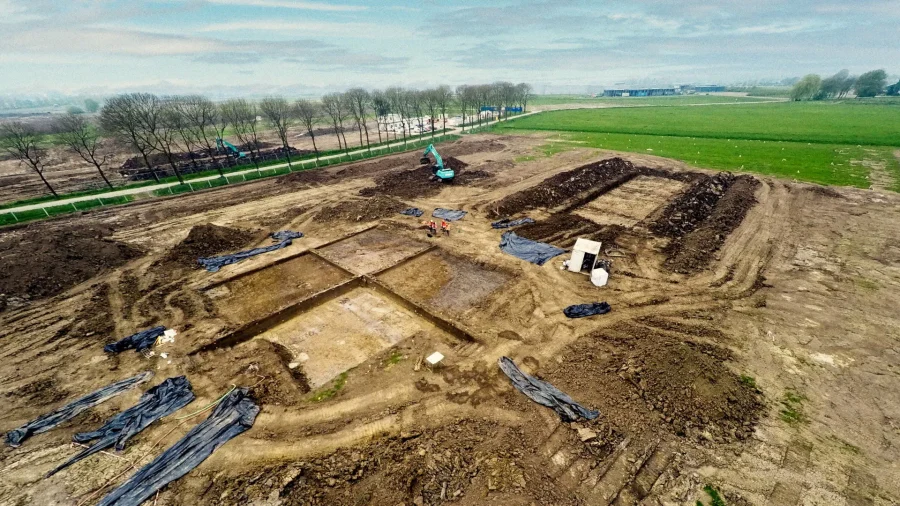Archaeologists have unearthed a 4,000-year-old structure in the Netherlands that they said was a religious site that served a similar purpose to the iconic Stonehenge.
The site, dubbed “Stonehenge of the Nether-lands” by local media, includes an ancient burial mound containing the remains of nearly 60 men, women and children.
The mound, uncovered about 70km east of Rotterdam, also served as a solar calendar and had sev-eral passages through which the sun shined on the longest and shortest days of the year, the municipality of the town of Tiel noted in a statement.
“What a spectacular archaeological discovery! Archaeologists have found a 4,000-year-old religious sanctuary on an industrial site. This is the first time a site like this has been discovered in the Netherlands,” it said in a Facebook post.
“The largest mound served as a sun calendar, similar to the famous stones of Stonehenge in England,” the statement noted.
Archaeologists suspect the sanctuary may have been a “highly significant” place for the people of the time, helping them keep track of special days in the year.—AFP








